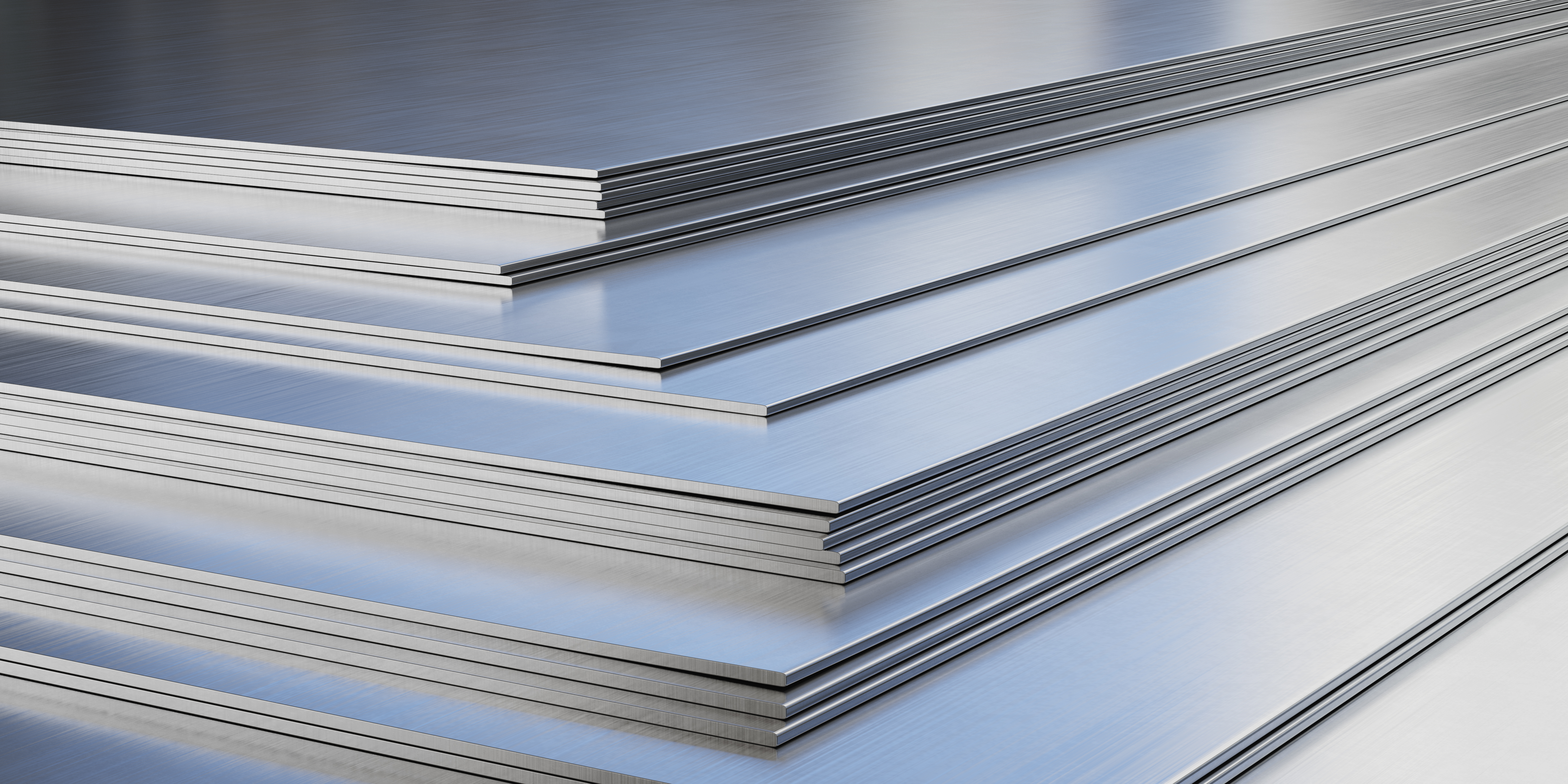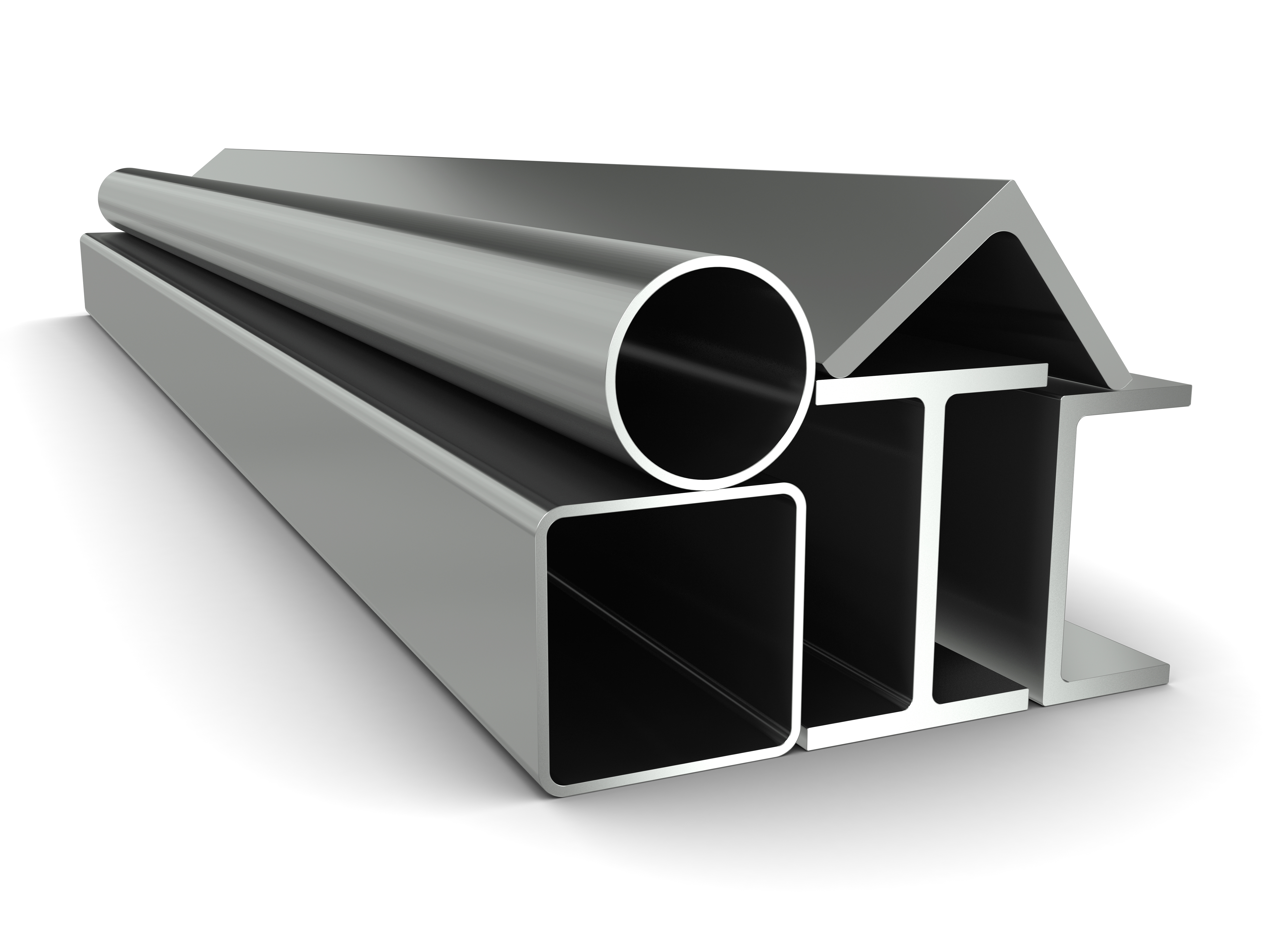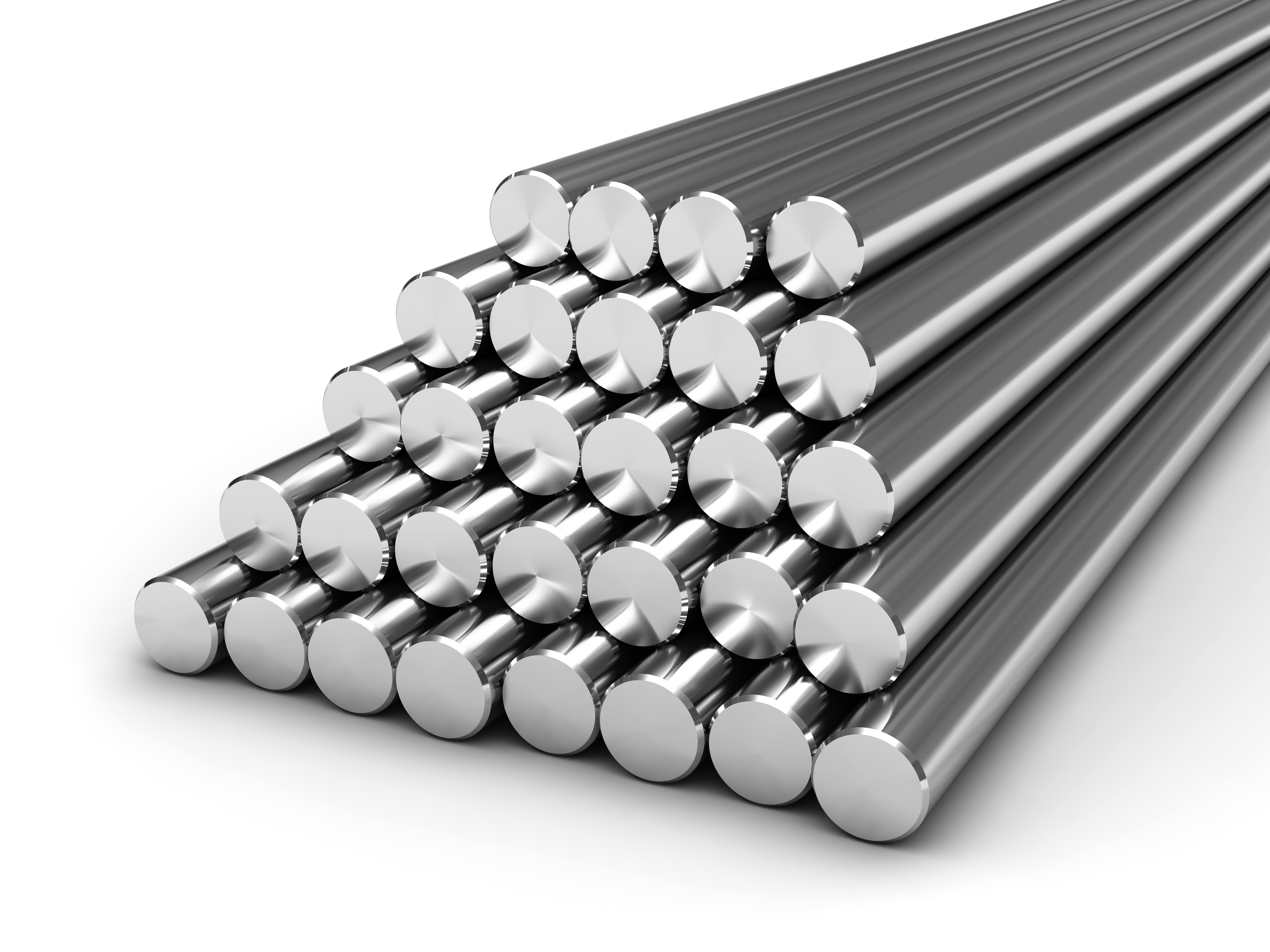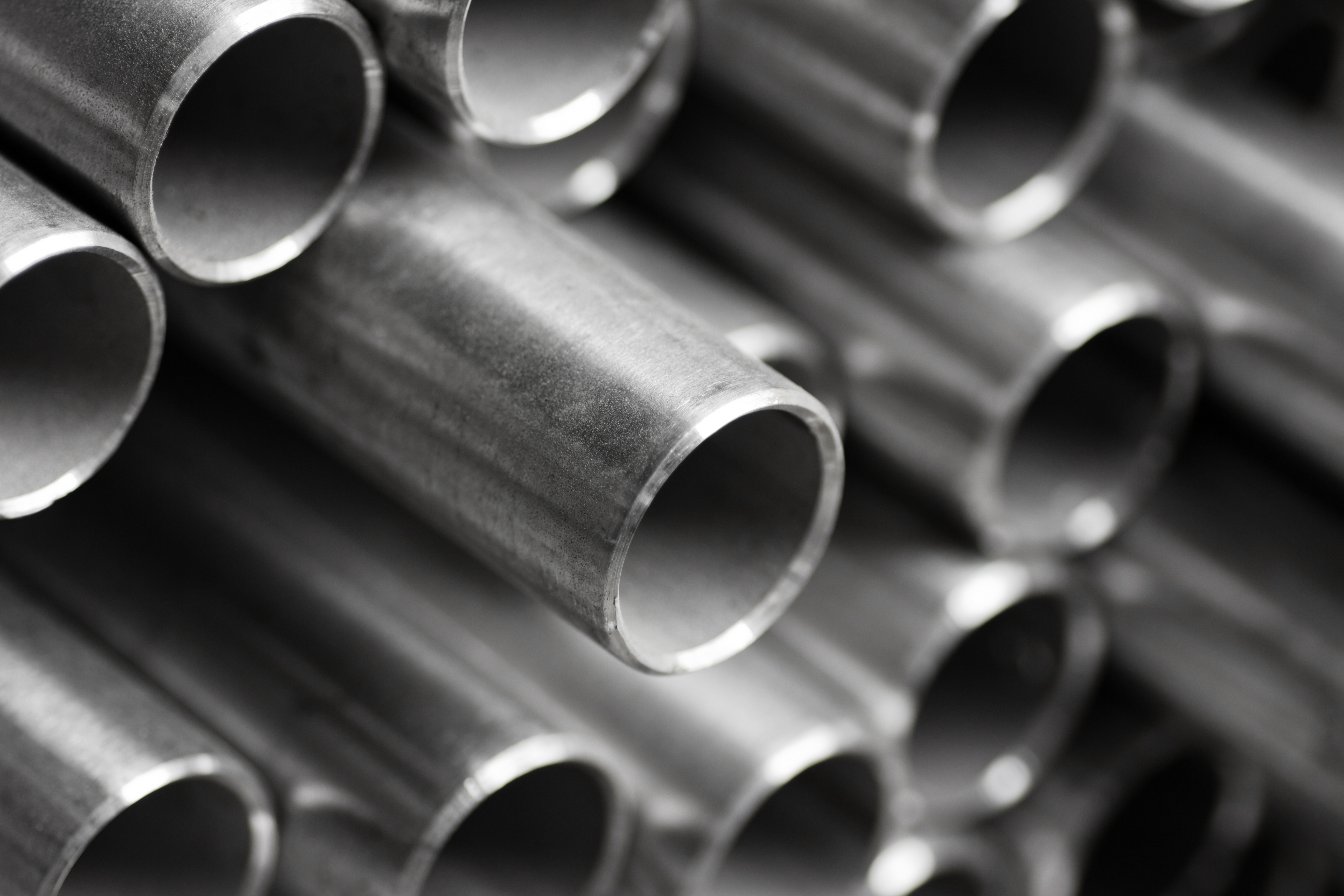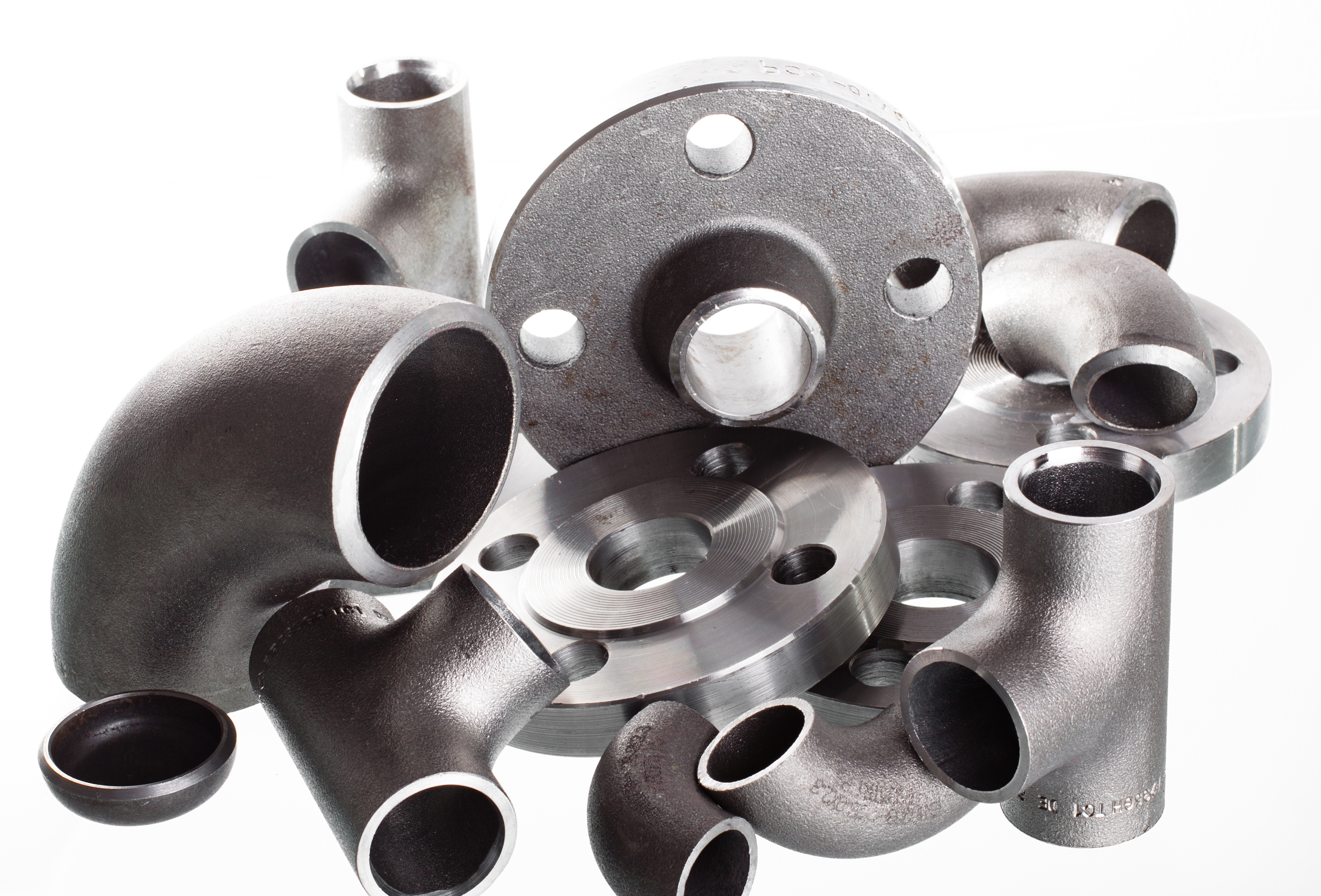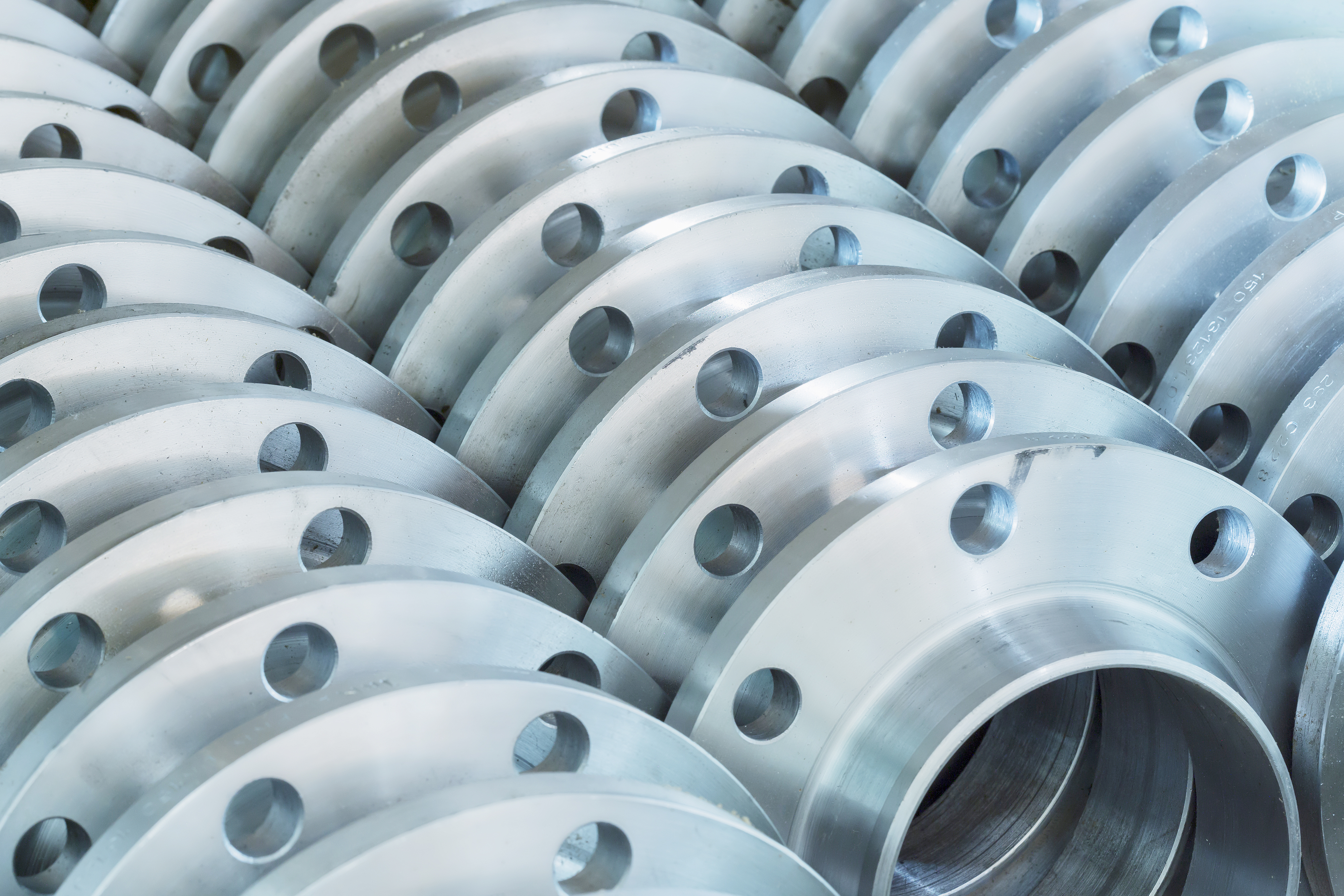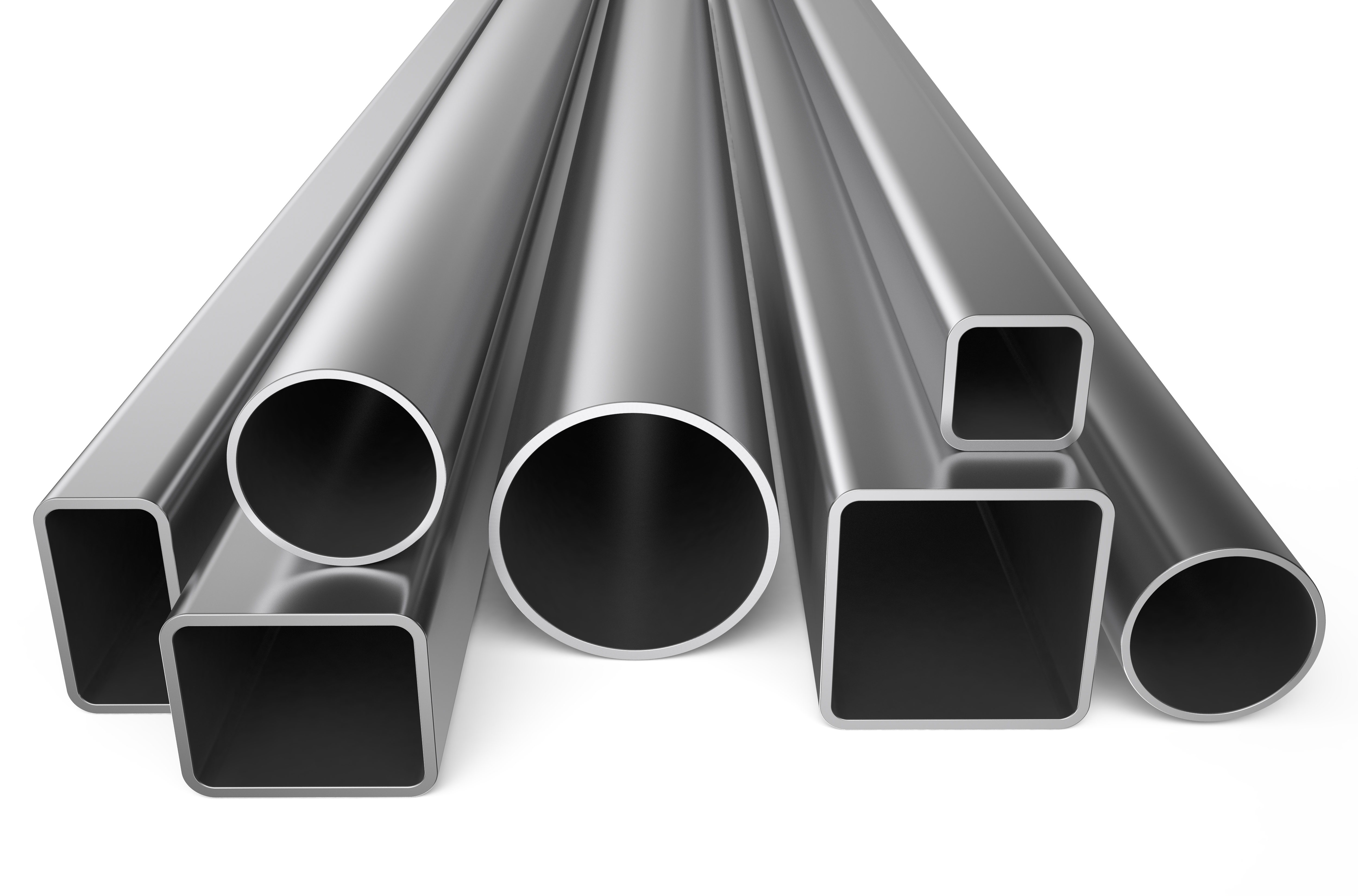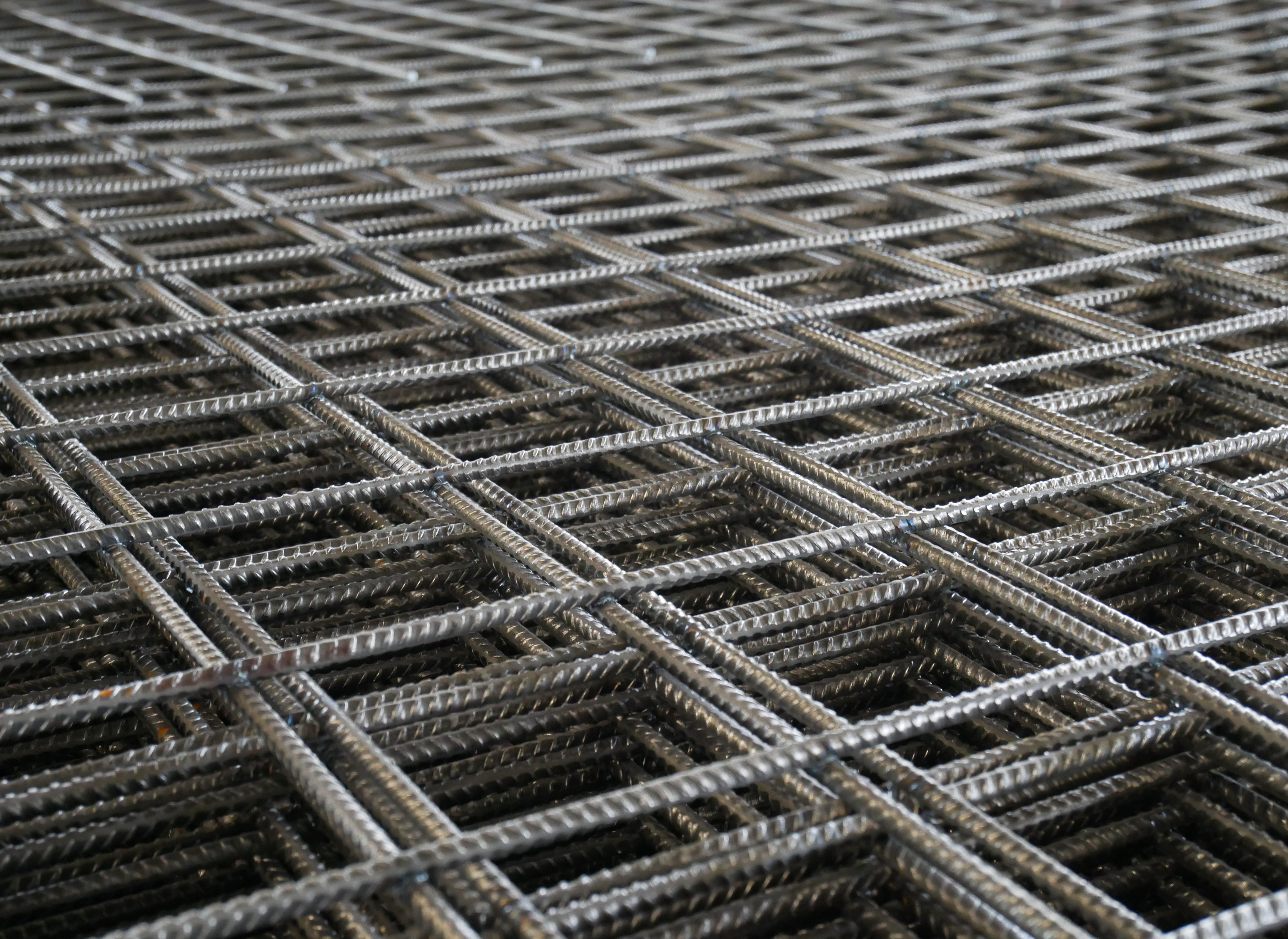Stainless Steel
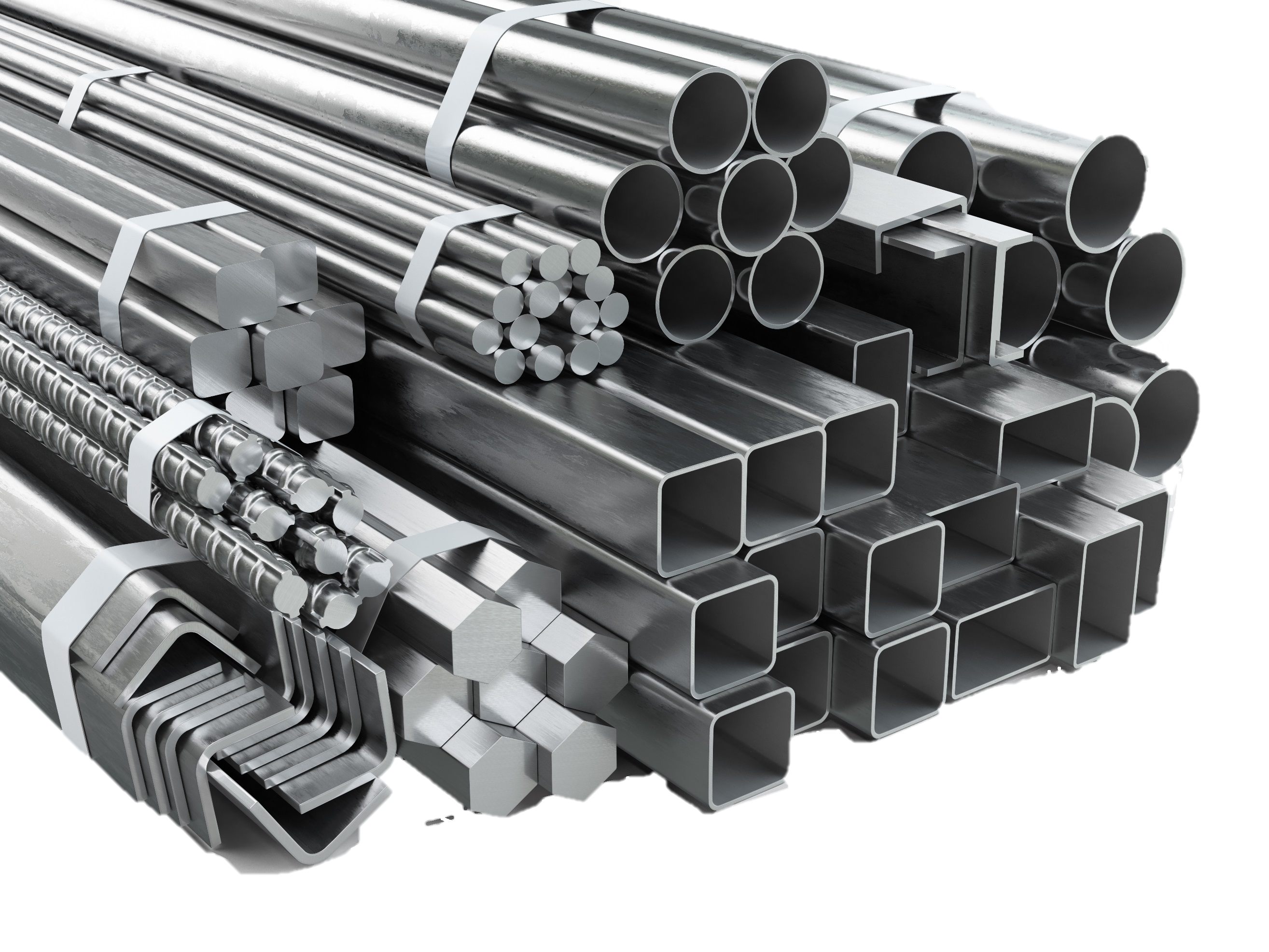
Stainless steel is a versatile alloy known for its corrosion resistance, durability, and versatility. There are several different grades of stainless steel, each with its unique properties suited to specific applications. Here's an overview of some common grades that Lincoln Structural Solutions carries:
-
Austenitic Stainless Steels:
- Grade 304 (UNS S30400): This is the most commonly used stainless steel grade. It contains 18-20% chromium and 8-10.5% nickel, offering good corrosion resistance, formability, and weldability. Grade 304 is widely used in food processing equipment, kitchen appliances, architectural trim, and chemical containers.
- Grade 316 (UNS S31600): Also known as marine-grade stainless steel, Grade 316 contains 16-18% chromium, 10-14% nickel, and 2-3% molybdenum. It offers superior corrosion resistance, particularly in chloride-rich environments. Grade 316 is commonly used in marine equipment, chemical processing, and medical devices.
-
Ferritic Stainless Steels:
- Grade 430 (UNS S43000): Ferritic stainless steel Grade 430 contains 16-18% chromium and traces of carbon and manganese. While it offers good corrosion resistance and high-temperature strength, it's less resistant to corrosion than austenitic grades. Grade 430 is commonly used in automotive trim, kitchen appliances, and architectural applications.
-
Martensitic Stainless Steels:
- Grade 410 (UNS S41000): Martensitic stainless steel Grade 410 contains 11.5-13.5% chromium and is hardened by heat treatment. It offers good corrosion resistance, high strength, and wear resistance. Grade 410 is commonly used in cutlery, surgical instruments, and valves.
-
Duplex Stainless Steels:
- Grade 2205 (UNS S31803/S32205): Duplex stainless steel Grade 2205 contains a balanced mixture of austenite and ferrite phases, offering high strength and excellent corrosion resistance. It contains 22-23% chromium, 4.5-6.5% nickel, and 3-3.5% molybdenum. Grade 2205 is used in chemical processing, oil and gas, and structural applications.
-
Precipitation Hardening Stainless Steels:
- Grade 17-4 PH (UNS S17400): Precipitation hardening stainless steel Grade 17-4 PH contains 15-17.5% chromium, 3-5% nickel, and 3-5% copper, with small amounts of niobium and tantalum. It can be heat treated to achieve high strength and toughness while maintaining corrosion resistance. Grade 17-4 PH is used in aerospace components, nuclear reactors, and high-strength structural applications.
-
Super Austenitic Stainless Steels:
- Grade 254 SMO (UNS S31254): Super austenitic stainless steel Grade 254 SMO contains high levels of chromium, molybdenum, and nitrogen, offering superior corrosion resistance in harsh environments containing chlorides and acids. It is used in chemical processing, pulp and paper industry, and desalination plants.
Each grade of stainless steel offers specific properties suited to particular applications, and the selection of the appropriate grade depends on factors such as corrosion resistance requirements, mechanical properties, and environmental conditions. Additionally, stainless steel can be further customized through various surface finishes and treatments to meet specific performance and aesthetic requirements.

